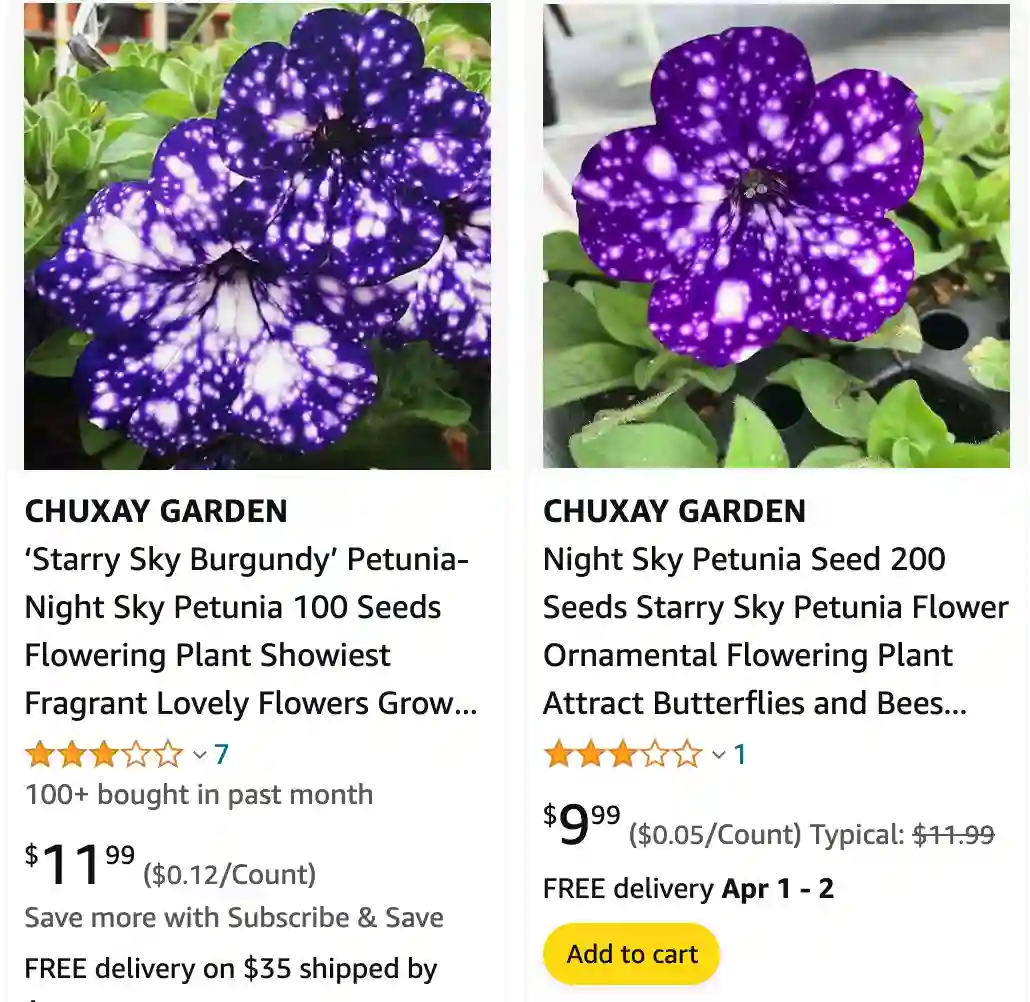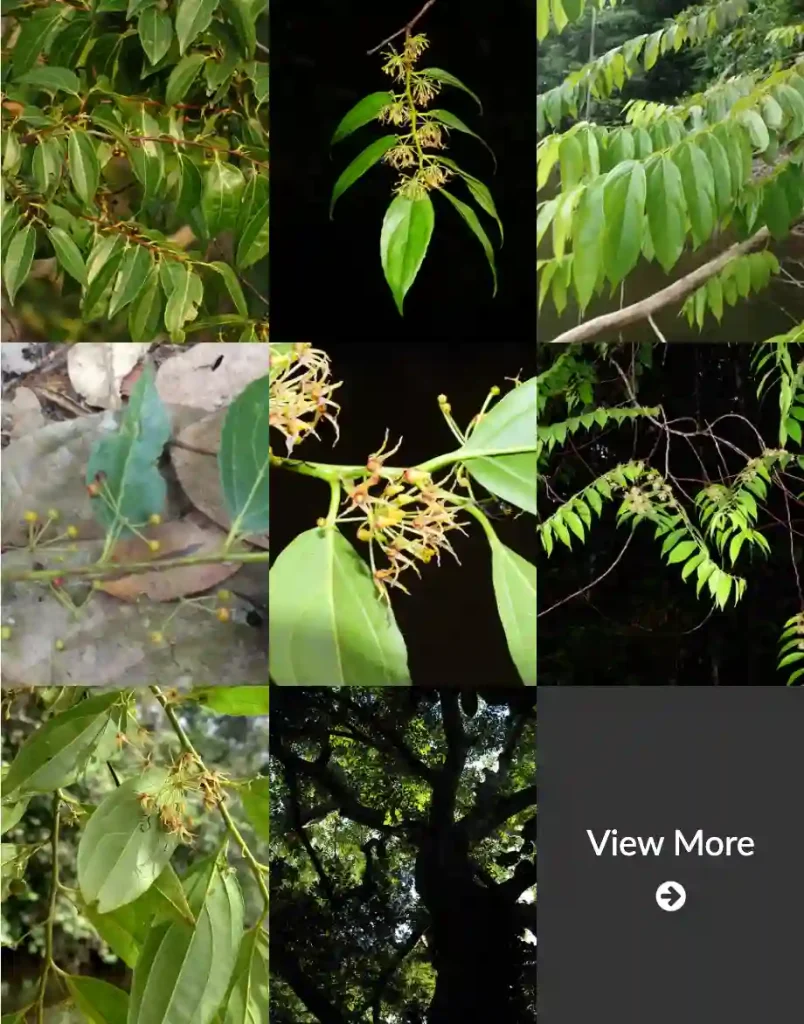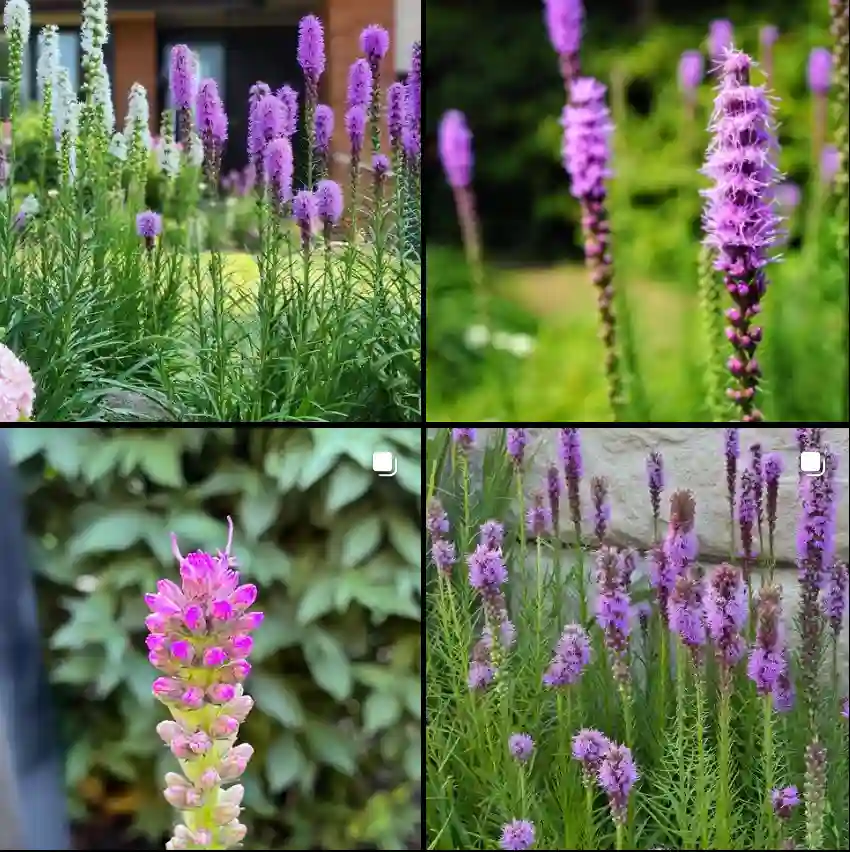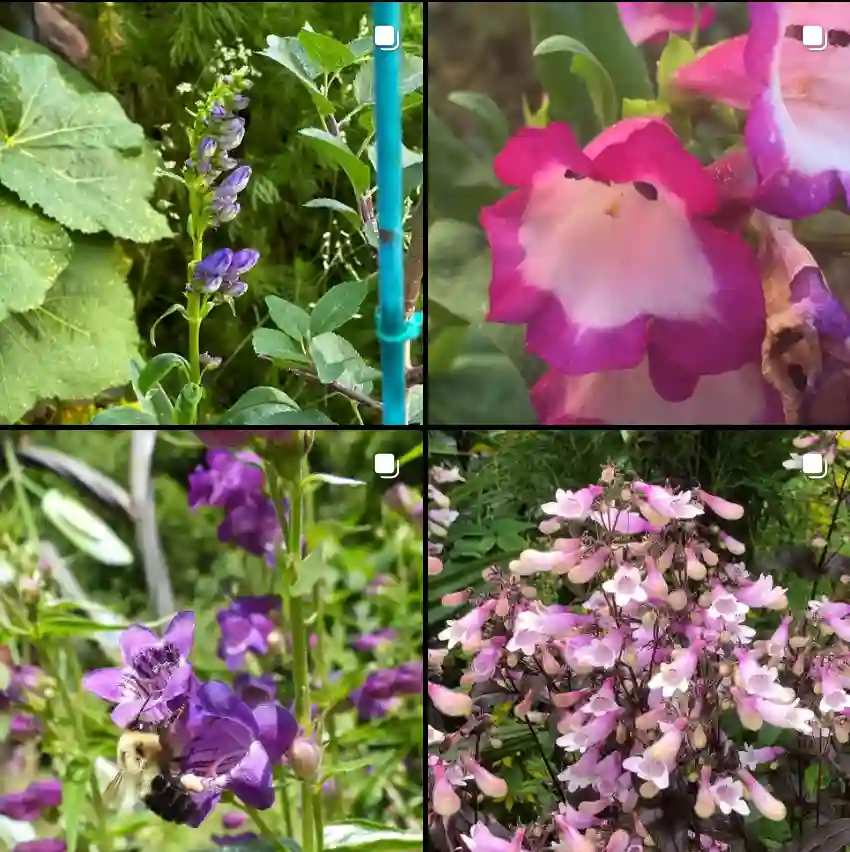
Are night sky petunias natural?
Night Sky Petunias, also known as Starry Night Petunias, are a cultivar of Petunia cultivars bred to exhibit unique purple and white speckled patterns resembling a starry night sky. While they are not found in nature, they are created through selective breeding techniques.
17 Species in Genus Petunia
Do night sky petunias come back every year?
Night Sky Petunias are annual plants in most climates, meaning they complete their life cycle in one growing season and do not come back every year. However, they may self-seed in some environments, allowing them to return spontaneously under favorable conditions.
How to care for night sky petunia?
Here’s a guide on how to care for your Night Sky Petunia and keep those beautiful blooms coming all season long:
Light:
- Night Sky Petunias are sun-lovers. Aim for at least 6-8 hours of direct sunlight daily for optimal growth and flowering. They will tolerate some partial shade, but you might see fewer blooms.
Watering:
- Water regularly to keep the soil evenly moist but not soggy. These plants are moderately drought-tolerant, but they won’t flower as well if they dry out completely.
- The frequency of watering will depend on the weather conditions. During hot, dry periods, you might need to water daily, especially if planted in containers.
- Here’s a simple way to check moisture: Stick your finger into the top inch of soil. If it feels dry to the touch, it’s time to water.
Soil and Drainage:
- Night Sky Petunias prefer well-draining soil. They don’t like sitting in soggy soil, which can lead to root rot.
- If planting in containers, use a good quality potting mix with added perlite or other drainage material. If planting in the ground, amending the soil with compost or other organic matter can help improve drainage.
Fertilizing:
- Regular fertilization encourages vibrant blooms. Use a balanced fertilizer diluted to half strength once a week during the blooming season (spring and summer). You can stop fertilizing in late summer or fall as the plant starts to slow down.
Deadheading:
- Deadheading spent blooms promotes continued flowering. Regularly remove faded flowers by pinching or snipping them off at the stem. This will encourage the plant to put out new blooms instead of focusing on seed production.
Additional Tips:
- Night Sky Petunias are typically grown as annuals. They may not survive harsh winters, but you can enjoy them throughout the spring and summer.
- Pinching back the stems occasionally can help maintain a bushier, fuller plant. Simply pinch off the top inch or two of new growth with your fingers.
- Watch out for common garden pests like aphids or caterpillars. Insecticidal soap or neem oil solution can be used for control.
Where to buy night sky petunia?
Night Sky Petunias can be purchased from garden centers, nurseries, or online retailers specializing in flowers and plants. They are typically available as seeds, seedlings, or potted plants during the growing season.
Do night sky petunias grow in Georgia?
Night Sky Petunias can grow in Georgia’s climate, particularly in regions with warm summers and mild winters. Ensure they receive sufficient sunlight and water, and protect them from extreme heat or cold.
Do night sky petunias stop growing?
Night Sky Petunias continue to grow and produce new foliage and flowers throughout the growing season under favorable conditions. However, their growth may slow down or cease in response to environmental stressors such as heat, drought, or nutrient deficiencies.
Do you have to deadhead night sky petunias?
Deadheading Night Sky Petunias, or removing spent flowers, is recommended to promote continuous blooming and maintain the plant’s appearance. Regular deadheading prevents seed formation and redirects energy into new growth and flower production.
Why has my night sky petunias turned stripes?
Stripes or unusual patterns on Night Sky Petunias may result from genetic variations, environmental factors, or viral infections. While the speckled or striped appearance is characteristic of this cultivar, excessive striping or discoloration may indicate stress or disease and should be monitored and addressed accordingly.
If i die, water my plants!



